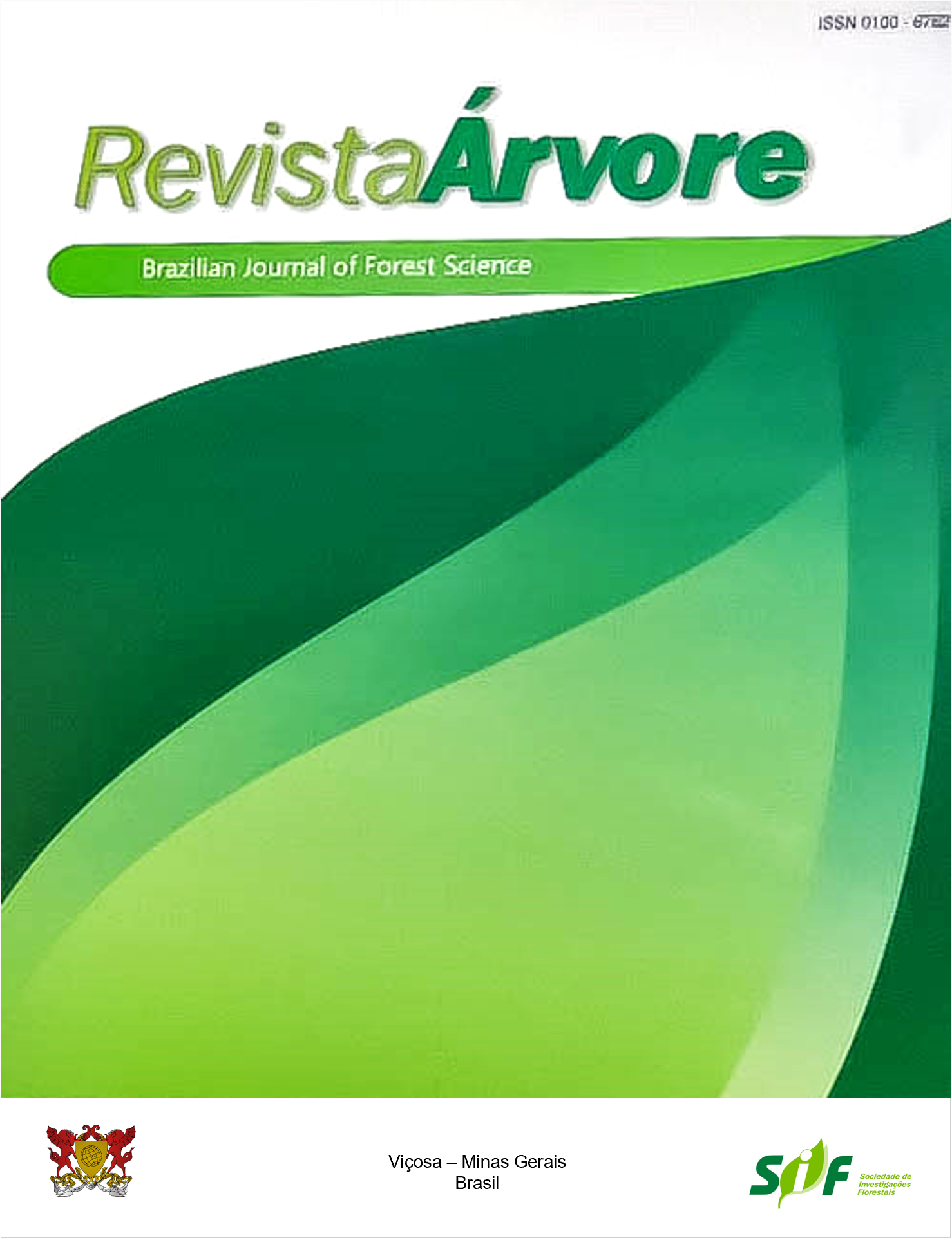STRUCTURING AND CHARACTERIZATION OF THE Acacia meanrsii De Wild CHARCOAL PRODUCTION CHAIN IN THE VALLEYS OF CAÍ AND TAQUARI, RS
Keywords:
Black wattle, Forestry sector, Regional developmentAbstract
Due to globalization, market evolution, and technological implementations, the production chains have been improving, becoming essential for the consolidation of several products in the market, including charcoal, used as a renewable energy source. Thus, the objective of this work was to characterize the structure of this chain, from the qualitative and quantitative perspective, in the municipalities of the Valleys of Caí and Taquari and the interaction between the actors involved. The methodology was based on the division of the chain into macrosegments, with socioeconomic units of production characterized by the application of questionnaires. As a result, it was verified the presence of the production macrosegment (nursery and reforestation sectors), industrialization (charcoal production and packaging sectors), and commercialization (packaging sector), formed by family units. The packaging segment has outsourced manpower and more technology than the others. It was evidenced that a single socioeconomic unit of production can be part of more than one macrosegment or segment and, allied to this, in general, it is possible to perceive the characterization of a long chain of production. It appears that only 3.8% of charcoal producers also pack and sell their products, the remainder (96.2%) sell their production to packers who standardize the product, making the sale to the final consumer directly or indirectly.
Keywords: Black wattle; Forestry sector; Regional development
Downloads
Published
How to Cite
Issue
Section
License
Copyright (c) 2021 Revista Árvore

This work is licensed under a Creative Commons Attribution 4.0 International License.
All authors agreed to submit the work to Revista Árvore and granted the exclusive license to publish the article. The authors affirm that it is an original work and has not been previously published elsewhere. The scientific content and opinions expressed in the article are the sole responsibility of the authors and reflect their opinions, not necessarily representing the opinions of the editorial board of Revista Árvore or of the Society of Forest Investigations (SIF).




